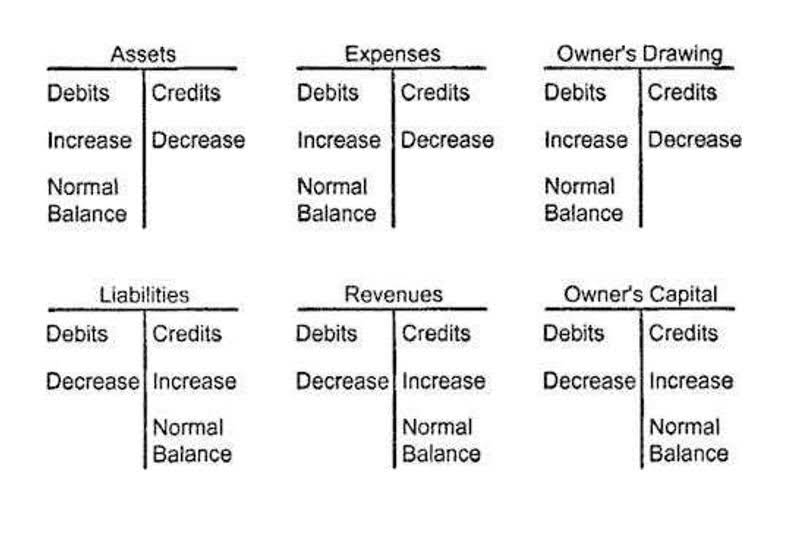(4) Analysis of any variances and to ascertain the reasons of such variation. (iv) To motivate operating and managerial personnel in the direction of improved efficiency. It doesn’t matter what FASB says, the SEC says, or the IRS says- Laws of nature dictate costs. Ignoring this fundamental principle is akin to running an organization blindly. When it comes to the driving process and other shop floor changes, having a solid understanding of the underlying reasons for these discrepancies may go a long way.

What is the difference between a budget and a standard cost?
Because materiality involves individualjudgment, many problems or conflicts may arise in settingmateriality limits. For example, if it takes 2.4 hours to produce a unit of output, but the standard is set for 2.5 hours, there should be a favorable variance of 0.1 hours. Variance analysis helps management to understand the present costs and then to control future costs. Building budgets without the use of standard cost figures can never lead to a real budgetary control system. For example, workers may put on a crash effort to increase output at the end of the month to avoid an unfavorable labor efficiency variance.
What is Standard Costing – Essential Conditions for Effective Standard Costing
A budget is an estimate of expenditures for a specific accounting period, typically a quarter or year. Standard costs are estimates used for totals in some online bookkeeping line items in that budget as they relate to manufacturing costs. In the event of variances, managers are allowed to rectify any discrepancies.

Standard costing & budgeting
- Quantity standards are determined on the basis of engineering and technical specifications while price standards are set on the basis of forecast of market trends.
- The accounting tool can also help save costs in record-keeping as well as provide ways to possibly save on production costs.
- Standard costs are the costs that the management of the business wish to achieve in order to maximize the profitability of the business through efficient use of resources.
- If the standards set do not meet any of these requirements, these standards cannot help the management of the business meet the objectives of standard costing.
- Under this plan stores ledger control A/c, WIP ledger control A/c and Finished Stock A/c are debited and credited both at actual and standard costs.
This can lead to Restaurant Cash Flow Management managers making decisions based on inaccurate cost information. Perpetual inventory systems make it easy to print reports showing your period-end balances. You can then multiply this number by the standard cost of each item and generate an ending Inventory valuation that hopefully closely reflects actual costs. It establishes predefined costs so that any variations between standard costs and actual costs show as deviations, which are documented so that they may be further investigated. Instead of utilizing historical information to calculate inventory value, it sets predetermined costs.

What is Cost Control? Definition, Features, Process, Advantages, Disadvantages
Actual costs are compared with the standards costs and variances are determined. These are standards that may be achieved under normal operating conditions. The normal activity has been defined as “the number of stand- ard hours which will produce at normal efficiency sufficient good to meet the average sales demand over a term of years”.
- On the one hand, it could be argued that standard costing is the best methodology because it provides a consistent and objective way of measuring costs.
- Embrace the Internet of Things (IoT) to capture data at various points along the production line.
- Standard cost is not the only factor to consider in make or buy decisions.
- This can be useful for budgeting and cost control, as it provides a baseline for measuring actual costs and identifying any areas where costs may be higher than expected.
- Create a Full Dynamic Financial Model in 2 Days (6 hours)
Similarly, pricing of bills of materials or requisitions takes much lesser time as compared to the time required in pricing at actual cost. Preparation of cost reports becomes easier under the standard costing system. Standard cost is a pre-determined calculation of how much costs should be under specified working conditions. It is built up from standard quantity and estimates of prices and/or wage rates expected to apply during the period in which the standard cost is intended to be used. The principle difference between budgets and standard costs lies in their scope.
Controls Cost
The products in a manufacturer’s inventory that are completed and are awaiting to be sold. You might view this account as containing the cost of the products in the finished goods warehouse. A manufacturer must disclose in standard costing system its financial statements the amount of finished goods, work-in-process, and raw materials. We indicated above that the fixed manufacturing overhead costs are the rents of $700 per month, or $8,400 for the year 2024.
Standard costing can be a helpful tool for businesses of all sizes, but it is essential for larger companies with complex inventory systems. Management can use it for decision-making processes such as pricing products or services, advertising strategies, and new product development. Standard costing for inventory is a system where companies assign predetermined costs to inventory items.

Manufacturing overhead
A variance is the difference between the actual cost and the standard cost against which it’s measured. Variances can also be used to measure the difference between expected and actual sales. This metric is therefore useful for measuring the performance of both expenses and revenue. A variance is the difference between the standard cost of the actual output achieved and the actual cost incurred.
